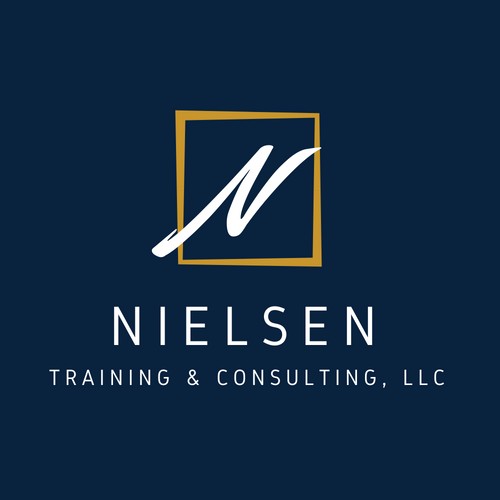Leading Effective "Hybrid" Board Meetings
Leading an effective Board meeting can be challenging under the best of circumstances. How is our attendance? Are there any contentious issues on the horizon? From preparing the agenda to promoting engagement and discussion, Board meetings require a high degree of thoughtfulness and intentionality. Today, many nonprofit and Board leaders are confronting an additional challenge -- namely, how do we lead effective meetings in a “hybrid” environment.
A “hybrid” environment refers to a situation where some Board members are physically in the room for the meeting while others are joining virtually. This has become a common situation for nonprofits, especially in light of the Covid pandemic. Here are some tips and strategies to help ensure that your next Board meeting is dynamic and effective:
Develop the rules of the road… together
By its very nature, leading a Board meeting in a hybrid environment contains more moving parts and issues to manage. Take the time as a Board team to develop the norms and expectations you have of each other in order to create the most productive meeting possible. Many Board teams have developed practices such as following an organized lineup of speakers to ensure that both those in person and those attending virtually have an equal opportunity to speak and contribute to the discussion. Other items to discuss include the manner in which you will record votes on any official Board actions. You can also have fun with some of your rules, as a recent Board I worked with established a “rule” that every time a Board member starts talking while on Mute, they contribute $.25 or some other nominal amount to the donation jar. Make it fun and collaborative! Teams that take the time to develop these practices together form a greater level of ownership over their meetings.
Select a platform that’s best for your team
By now we are all familiar with the various technology platforms that exist to facilitate virtual meetings. We are well versed in their pluses and their minuses. The reality is that there is not one platform that is “best” for nonprofit Board meetings. Rather, the platform that will help lead to the most effective meetings is the one you and your Board members are most comfortable with and can navigate most easily. Before selecting a platform, check with the Board and inquire as to their familiarity with the various platforms as well as their preferences. You may find a high degree of consensus around comfort with a particular platform. Similarly, once you have selected a platform for your hybrid Board meeting, invest the time to test it with each Board member who will be joining virtually. Nothing will derail a Board meeting faster than a Board member with increasing exasperation stating “Can you hear me now?”
Plan the agenda thoughtfully
While it is always important to take a thoughtful approach in preparing a Board meeting agenda, it is even more so when leading a hybrid meeting. Give yourself and your team grace in understanding that you may not be able to get through the same volume of items in a hybrid meeting as you do in person. That’s ok! It is far more important that the Board’s time together be engaging, productive, and impactful rather than comprehensive. When constructing the agenda, remember that offering onramps for engagement and discussion is important for all Board members, regardless of how they are joining the meeting. If helpful, consider assigning roles to Board members such as facilitator, chat follower, or engagement monitor, or even securing an external facilitator comfortable with the hybrid environment. Finally, assess the most effective length for your Board meeting in this environment. If your meeting is going to last more than an hour, consider building in a break for Board members to ensure that energy and focus remain high throughout.
Engage the elephants
There are elephants in just about every Board room. Some are large, some are small, but they are those issues, conflicts, or dysfunctions that if ignored, may over time undermine the effectiveness of the Board team. The temptation when dealing with the challenges of a hybrid meeting is to ignore the elephants in the room, postponing addressing them until the Board can all be together again. Rather, be mindful of these issues and pay close attention to tone, body language, and what is not being said -- either by those in the room or those joining virtually. Where appropriate, pause to ensure that small misunderstandings don’t become large conflicts. If you see signs and signals that conflict or disagreement is brewing, assess whether it is best to pause in the moment and address it as a team or schedule a reminder to follow up individually with the team members.
By engaging the Board team in developing the norms and expectations of a hybrid meeting and then planning and facilitating the meeting in a thoughtful way, your next hybrid meeting can lead to the type of engagement and discussion that propels your mission forward. If you have further questions about creating dynamic, effective Board meetings, let’s connect!

